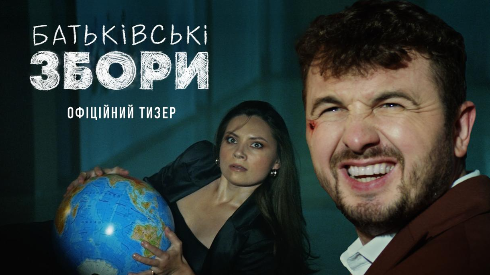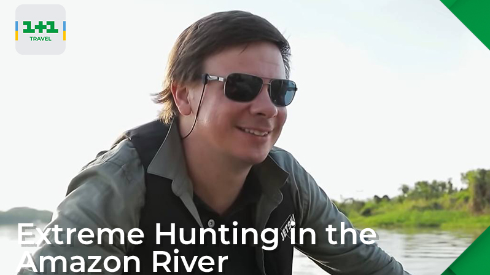
Statement of the 1+1 media group regarding the Verkhovna Rada's support for a moratorium on the encoding of TV channels on satellite
Today, February 21, 2020, a majority of the members of the Verkhovna Rada of Ukraine decided to support the request of Mykola Zadorozhny, a deputy from the "Servant of the People" party, to President Volodymyr Zelenskyi regarding the introduction of a moratorium on encoding the satellite television signal of Ukrainian TV channels, which took place on January 28, 2020. , as specified in the document.
The 1+1 media group is surprised by the adoption of this decision right now and the arguments specified in the appeal . Since 2017, media groups have regularly informed about the plans for encoding TV channels and have repeatedly drawn the attention of the responsible state institutions, since September 2019 a large-scale information campaign was launched among the population, and satellite platforms took care of the delivery of tuners in the required number.
For more than 25 years, the 1+1 media group has been making efforts to ensure that Ukrainian viewers have the opportunity to view high-quality content of both domestic and foreign production and experience all the advantages of high-quality television. For many years, quality television content was available for viewing via satellite signal for free due to the illegal activities of pirate services and individuals who illegally accessed channels encoded with an outdated coding system. However, such actions not only violated the rights of the rights holders, who have obligations regarding the territorial restriction on the distribution of their content, but also led to the failure of media groups to receive funds from subscribers who consume it illegally, depriving the channels of the opportunity to direct them to the development of Ukrainian television.
In the situation that has developed , we consider it necessary:
1. To appeal to the President of Ukraine with a request to listen to arguments also from media groups, rights holders , satellite platforms and all interested parties through an open discussion.
2. Provide comments on the substance of the appeal:
- a moratorium cannot be imposed on the encoding of channels given the fact that the presence of encoding is prescribed as a mandatory condition in the licenses issued to channels by the state regulator
- On January 28, 2020, the channels changed the type of encoding to one that prevents unauthorized access to encoded channels and meets the requirements of content rights holders
- the moratorium cannot extend to an action that has already taken place
- coding does not provide reverse technical capability – most channels have changed the signal modulation to DVBS2, after which 50-70% of satellite subscribers will not have the technical ability to receive it even after decoding the signal .
3. We ask that politicians and public figures do not manipulate the issue of national information security, because the open satellite is an uncontrolled way of broadcasting channels and citizens' access to Russian channels. Encoding helps to bring viewers into the field of safe television space, in which they will not be exposed to propaganda messages. We also emphasize once again that not only the state channels, whose free broadcasting is an obligation of the state, but also the rest of the informational TV channels, were and remain open to ensure the needs of the viewers in accessing up-to-date and truthful information. For the same purpose, the Ministry of Culture, Youth and Sports of Ukraine is launching a separate TV channel that will be broadcast throughout the border territory and will be filled with content from media groups.
We also remind you that there were similar problems when the analog broadcast was turned off, which was repeatedly emphasized by the 1+1 media group, and during this time the state should have resolved the issue of sufficient free digital broadcast coverage in certain areas. However, based on the text of the appeal, it becomes clear that establishing the necessary number of transmitters to solve the problem of providing T2 signal coverage was not a priority task.

